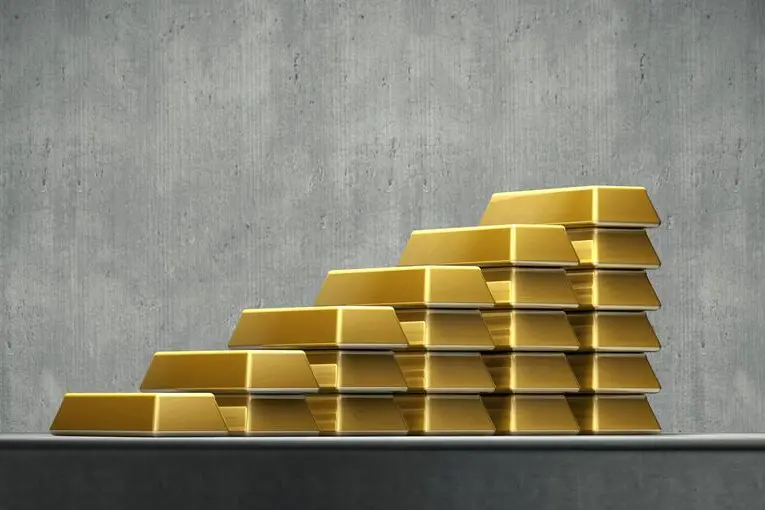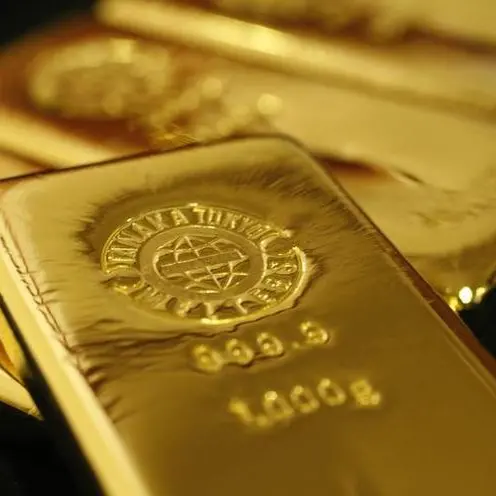PHOTO
Gold-backed exchange traded funds (EFTs) saw net outflows of $4.5 billion in July on the back of continued US dollar strength and softer inflation expectations weighing on investment activity.
Net outflows were recorded for the third month in a row, and they were the highest monthly outflow since March 2021, according to data from the World Gold Council (WGC).
Total holdings were 5% higher year-to-date at 3,708t (US$209bn), the council said.
Tactical North American investors were encouraged to shift into riskier assets after a US Federal Reserve rate increase of 75 basis points (bp), according to the council.
As a result, North American funds accounted for the majority of gold-backed ETF outflows, at $2.8billion (2.5%), and the value of gold fell 3.5% in July, ending the month at US$1,753 an ounce.
All regions except Asia experienced outflows in July.
Europe, Asia
European funds lost 38.1 tonnes ($2.1billion, 2.2%), led by outflows in UK-based funds, as the EU raised rates for the first time in 11 years by a larger-than-expected amount of 50bp.
Four funds in Asia showed a strong bounce in demand (8.1 tonnes, US$446mn, 6%) after a outflows in the first half.
All the inflows came from China, which had the worst absolute outflows during the first half of the year, primarily due to profit taking amid a strong local gold price in the first quarter, the council said.
Indian gold ETFs witnessed slight outflows, as investors took profits amid a sharp correction in the domestic gold price and the expectation of further weakness. Despite net outflows during the month, India saw year-to-date inflows of almost one tonne.
“Significant outflows from global gold ETFs and a decline in gold futures positioning, which reached net short for only the fifth time since 2006, weighed on gold’s performance throughout July," said Adam Perlaky, senior analyst, World Gold Council.
“Gold also faced headwinds in the form of a stronger US dollar, weaker Brent crude prices following softer growth data and lower implied volatility.”
Perlaky said expectations of less hawkish US monetary policy and high investor cash allocations may weaken the dollar, resulting in sustainable recovery in equities and commodities.
“An analysis of gold futures positioning also suggests that gold could rebound in the near term. While it is rare for gold futures to reach a net short, they have historically been associated with positive gold returns going forward.
“For example, over a three-month period, gold returns have been positive 88% of the time, with this figure rising to 95% and 100% on a six-month and 12-month forward basis, respectively.”
(Reporting by Imogen Lillywhite; editing by Cleofe Maceda)












